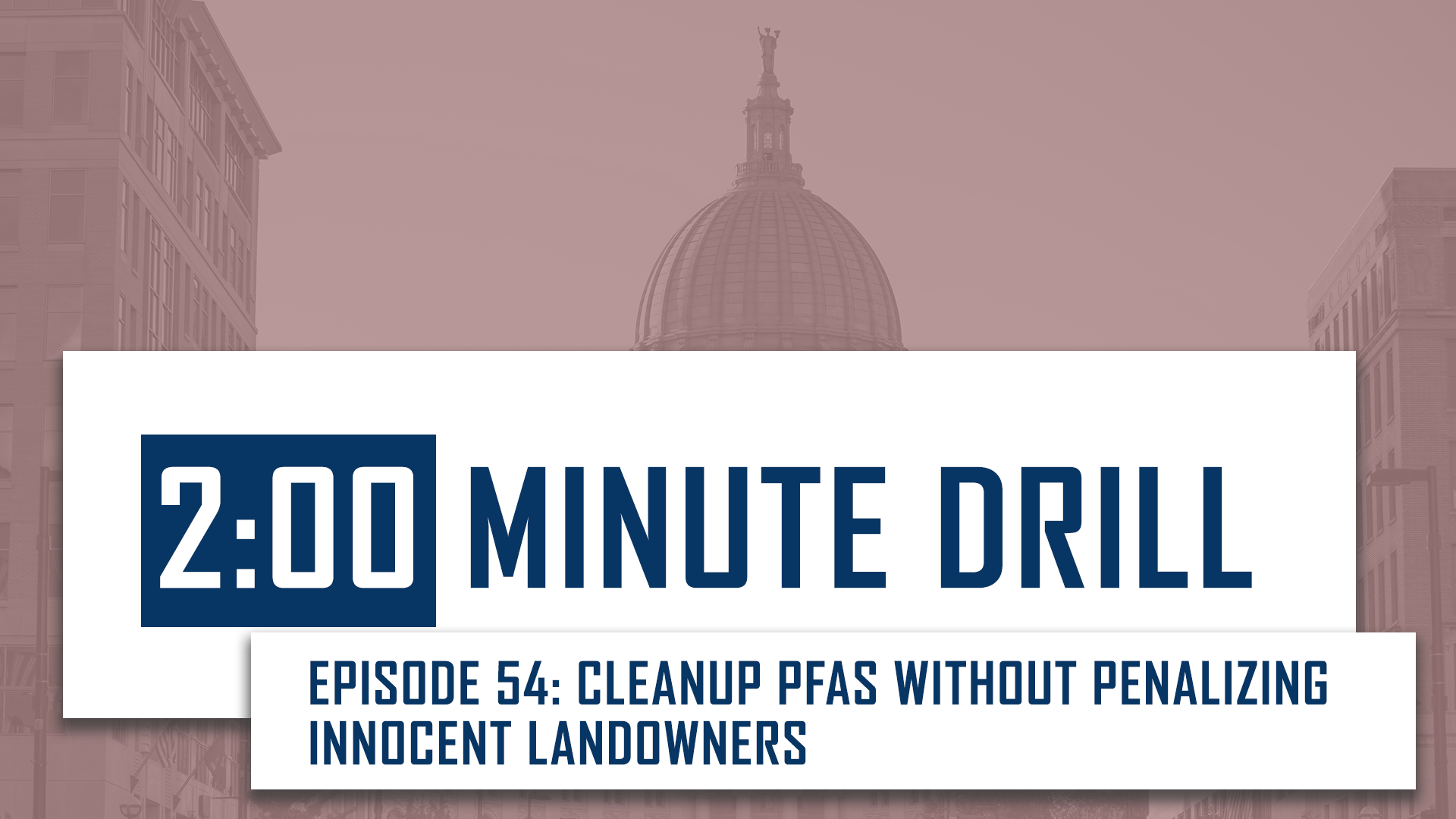I recently had the honor of meeting famed neurosurgeon Dr. Ben Carson before an address he made in Waukesha. Dr. Carson spoke about the sorry state of public discourse in America. He contended the quality of discourse declines when the arguments of one segment of society can’t stand on their merits. As that segment moves to avoid honest debate, it becomes ever more difficult to find solutions to the problems we face. I couldn’t agree more.
Dr. Carson talked about one of the tools used to squelch discourse, political correctness. Another employed with increasing frequency by progressives is called the precautionary principal. At its most basic the precautionary principal could be described as “better safe than sorry,” however a better definition might be that a given activity or product is considered dangerous and therefore forbidden until proven otherwise. Since it’s impossible to prove anything 100 percent safe (we don’t even apply that standard to pharmaceuticals) the precautionary principal isn’t as much about safety as it is about shutting down debate.
One industry to which progressives are jumping over themselves to apply the precautionary principal is hydraulic fracturing. Fracturing, they reckon, must be banned until its proponents can prove it to be 100 percent safe. The state of New York took this tack when enacting a moratorium in 2010. Progressives in Illinois advocated a similar approach earlier this year. Never mind that fracturing has been used in over one million wells for more than sixty-five years without causing any significant harm to public welfare. That’s exactly the type of inconvenient fact the precautionary principal is meant to squash.
Agriculture is also a target, particularly when it comes to genetically modified (GM) foods. A few years ago, a coalition of environmentalists brought suit to halt the planting of sugar beets, which had been modified for resistance to the common herbicide, Roundup. Unable to make credible arguments these crops were a danger, the plaintiffs turned to the precautionary principal arguing the USDA must conduct a comprehensive analysis proving them safe, before allowing planting. A federal judge agreed ordering the destruction of 95 percent of America’s beet plants.
Fortunately, that order was reversed on appeal but the agricultural community remains under constant threat the precautionary principal could be applied to other GM crops. Keep in mind that in 2012, 86 percent of all corn varieties and 92 percent of all soy beans planted in Wisconsin were GM.
In Wisconsin, the precautionary principal is more than just an esoteric threat to agriculture. It’s a living, breathing animal that has succeeded in shutting down an entire industry through the Mining Moratorium Law. The moratorium prohibits non-ferrous metallic mining until a company proves a mine somewhere in the U.S. or Canada was operated for at least ten years without polluting and has since been closed for at least 10 years without polluting.
The Flambeau Mine operated during the mid-1990s without polluting. It’s been closed for more than 10 years and still hasn’t caused any pollution, yet it couldn’t be used by a potential mining company to comply with the moratorium because the mine ran for less than 10 years.
Thanks to the precautionary principal, it doesn’t matter if mining technology, waste disposal and treatment methods, or remediation techniques dramatically advance. The door remains shut and locked to the very thought of mining in Wisconsin. It’s ironic a concept so core to modern progressivism does so much to hinder real progress. In the case of the moratorium, that impediment comes with a high price tag. The estimated value of Wisconsin’s undeveloped mineral wealth is $6.2 trillion.
By Eric Bott, WMC Director of Energy & Environmental Policy
Follow Eric on Twitter: @BottWMC

Episode 54: Clean Up PFAS Without Penalizing Innocent Landowners
https://youtu.be/cQd0flOJmso WMC is highlighting a proposal from the Wisconsin Legislature to protect innocent landowners from being unfairly penalized as polluters while enabling targeted PFAS cleanup.




